
What if ocean memory from long extinct organisms were still accessible by the traces they left behind? What if we can access ancient ocean memory by experiencing it through the senses of marine animals who no longer swim the seas? What did these individual marine animals sense over their lifetime?
This project seeks to analyze and utilize fossilized sense organs to unlock long hidden ocean memories and expand our human concepts of senses and sensing beyond the terrestrial anthropocene. The approach combines research methods from geology, biology, and paleontology, with artistic practices from painting and music, with technological approaches from data logging and modeling, all merged with science communication.
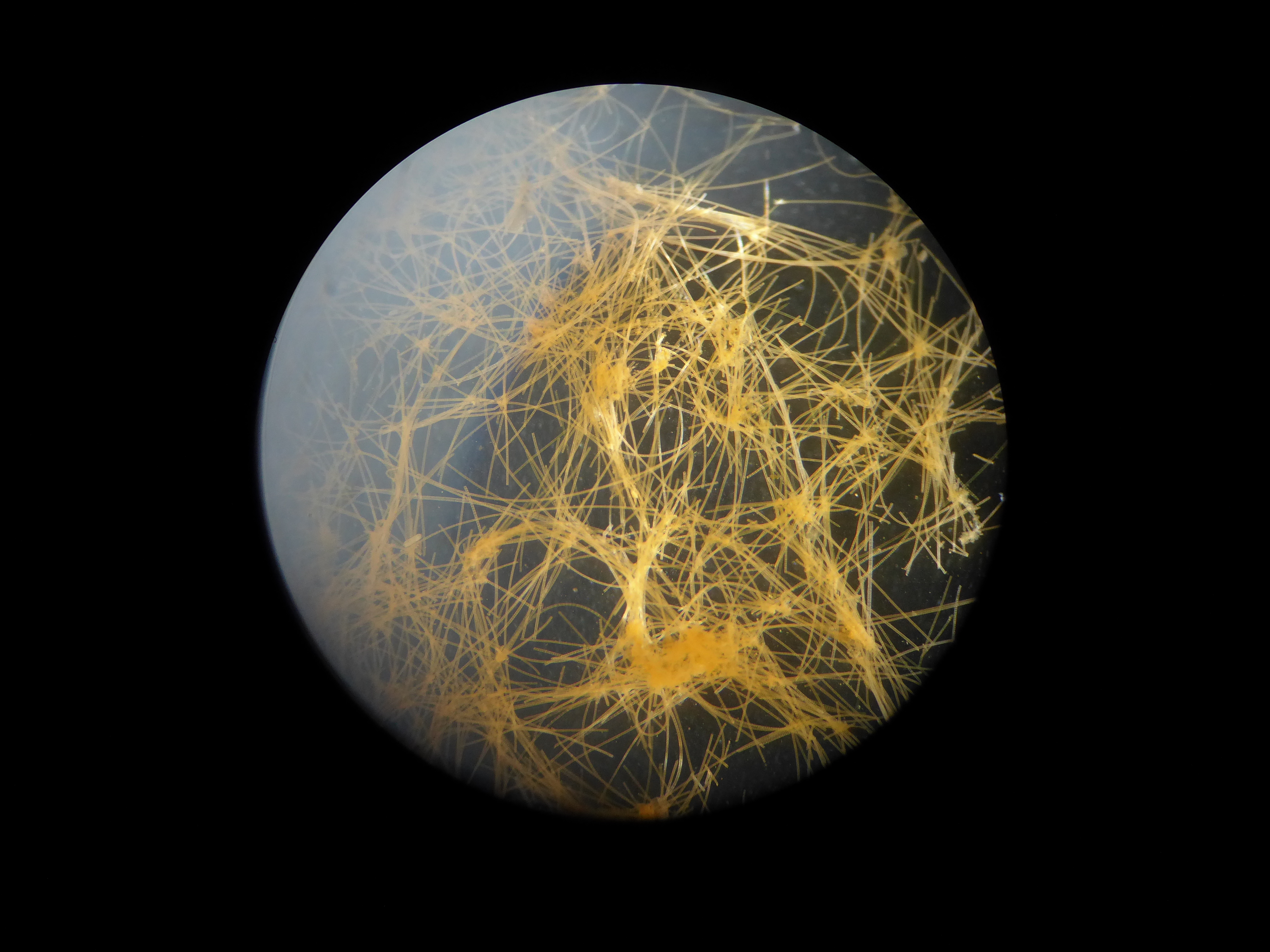
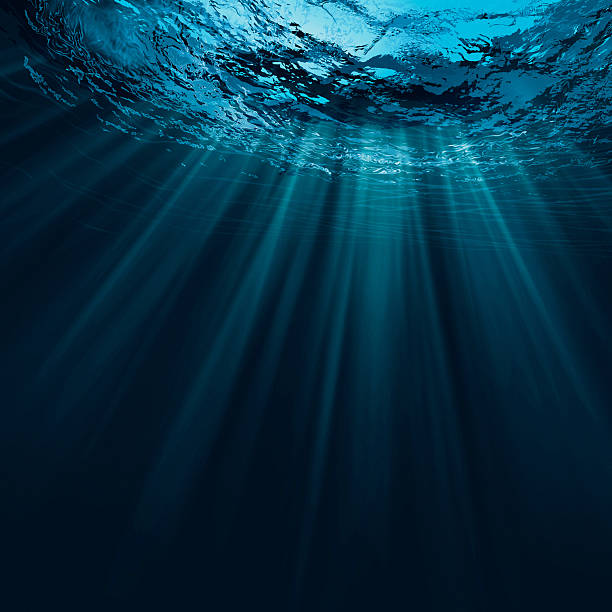
This project is a multi-stage experimentation with ocean memory, featuring an interdisciplinary residency and performance as the primary creative research space and point of departure. Rajna Swaminathan’s Mangal ensemble gathers improvising musicians alongside visual and movement artists to experiment with the concept of a “score”– whether it resides on the page, in the body and senses, or in an underlying relationship to the environment. Oceanic modes of understanding sound and movement are deeply relevant to this inquiry, leading us to ask: how can the score move beyond inscription-based intelligibility and embody the opacities of immersion, absorption, and dissipation? The preliminary residency and performance offer an opportunity to share materials, find sense-bending prompts, and improvise together.
Building from this momentum, offshoot “scores” and research questions are invited to take shape, led by the team members in conversation with a broader community network (local, institutional, and beyond). Sensing the Abyss unfolds through (1) the documentation of a one-week residency/performance by Mangal at Seattle’s Chapel Performance Space, followed by (2) a visit to UC Santa Barbara, where collaborators will meet and discuss further experimental possibilities, culminating in (3) a virtual meeting and open feedback session to compile ideas for independent and collaborative research/creation. Through the multiple phases of this project, we hope to offer a fruitful sounding board for future-oriented projects that combine artistic, humanistic, and scientific modes of inquiry to transform how we sense and relate to ocean memory and the climate crisis.

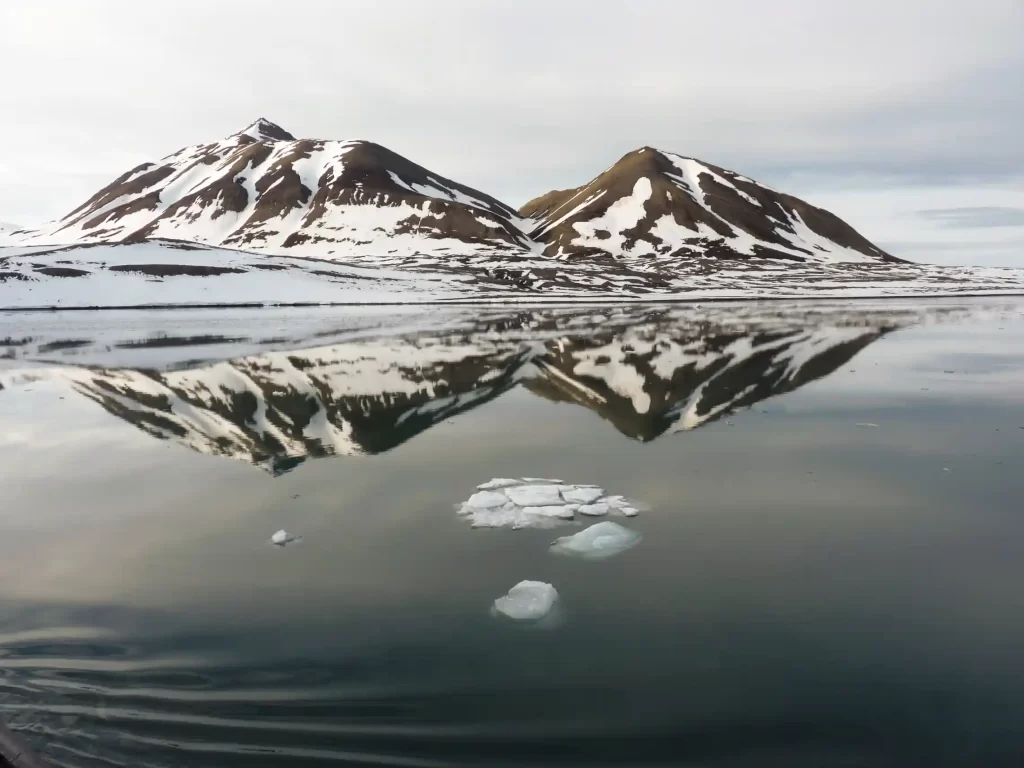
To Become the Ocean is an ambitious project on ideas relating to critical sustainability across platforms for significant opportunities with a team of collaborators of exceptional proficiency in their respective fields. It presents a potentially career-defining chance for my practice to communicate the importance of sensing the ocean as a source of novel scientific exploration internationally, as well as exploring the concept of how art can be used as a force for social change.
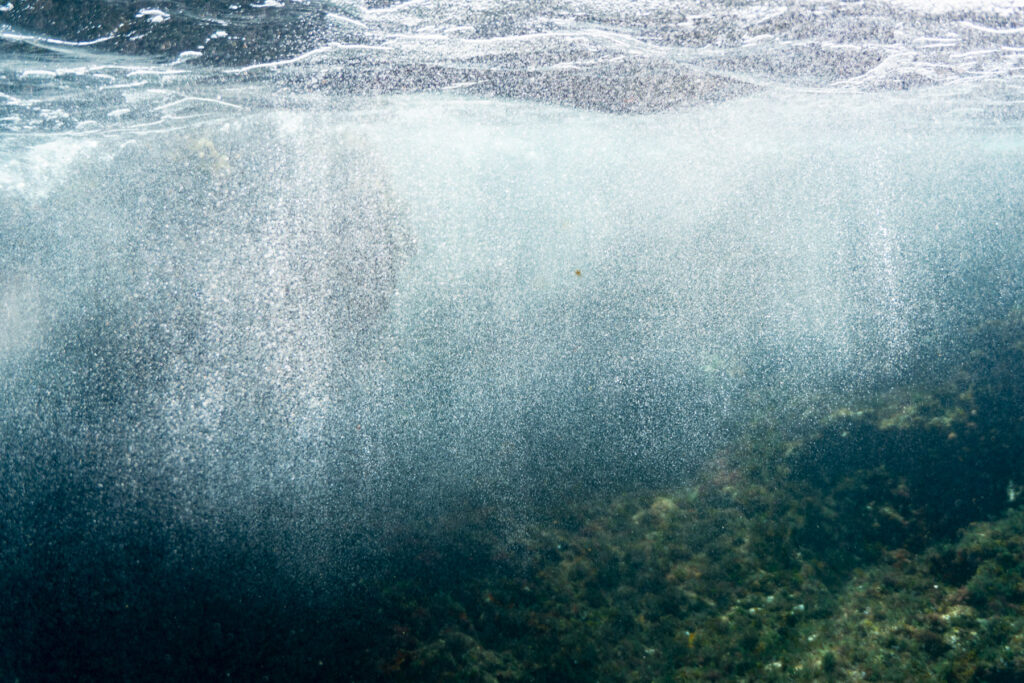
“A Multisensorial Collaboratorium for Transcoding and Interacting with the Ocean Memory Datascape” is an art-science investigation whose objectives and activities will be focused to develop/implement an ocean memory multisensory collaboratorium (OMMCoLab) prototype among investigators from University of Denver’s Emergent Digital Practices (EDP) program and the Monterey Bay Aquarium Research Institute (MBARI). The intended objective of the OMMCoLab Project is to realize a virtual-space prototype to collaboratively explore, record and recombine the multisensorial, spatial and temporal datascape into the emerging narratives of the ocean memory paradigm.
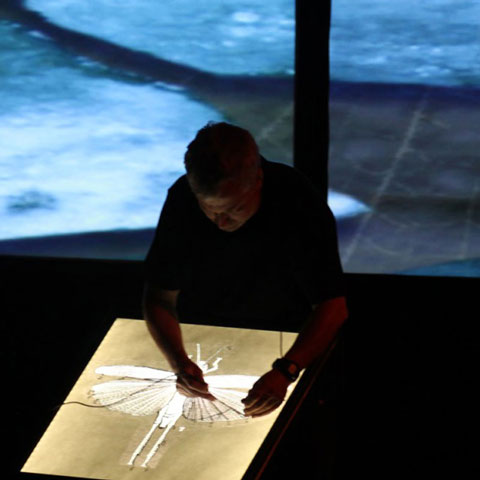

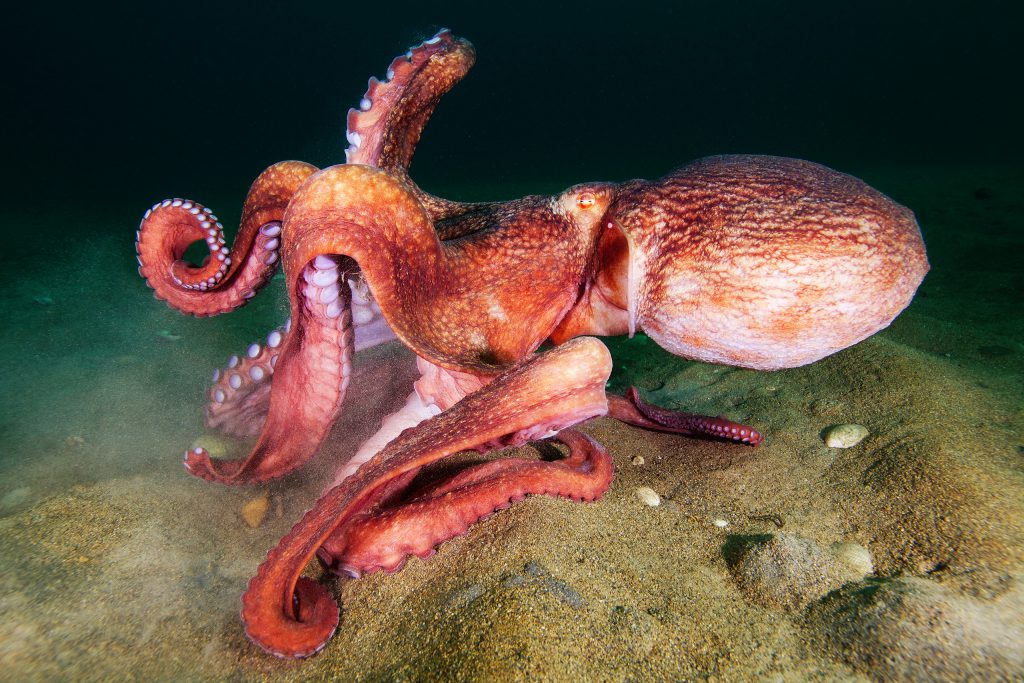
Human social intelligence, and the associated ability to conceptualize the individuality, agency and mental state of other beings, provides us with an incredible capacity for empathy.
This capacity, however, is limited by our sensations, perceptions, and motor abilities. Technology, when catered to these elements of our behavior, can extend our capacity for empathy by interfacing humans with unique capabilities of information acquisition and movement. The ancient evolutionary path of the octopus in parallel to vertebrates has led to highly divergent cognitive and morphological characteristics.
These animals serve as an appropriate model for testing the potential for technology to augment our empathy. Octopuses will be given computer designed 3D printed behavioral tasks to complete. These tasks will be used to test theories of octopus sensation, perception, and 3 Sivitilli, Dominic 02704618803 cognition, and this information will be used to intuitively interface a human controller with the body of a virtual octopus in virtual reality (VR).
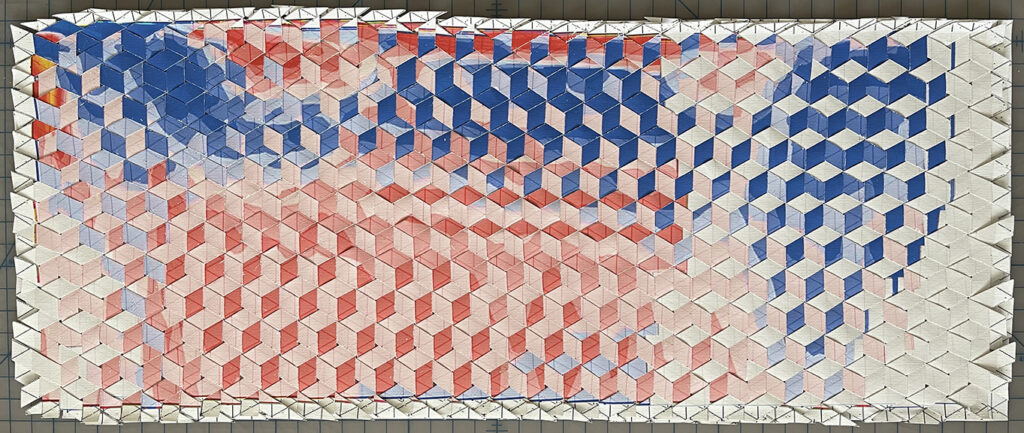
Knowledge of how the global ocean evolves on geologic timescales is key for identifying potential “priming” events for ocean memory. Our understanding of past ocean conditions comes from scientists such as PI Rafter, who use the geological archives (e.g., fossils in ocean sediments) to create time-series of past ocean conditions and analyze this reconstructed ocean history using standard statistical methods.
Here, we propose a new method for analyzing ocean history that draws upon traditional Ocean Memory Project tools (e.g., ideation among artists and scientists) to investigate the history of the ocean and climate via canonical datasets. Among the datasets to be used include the history of ocean oxygenation during the Paleoproterozoic, the Cenozoic change in deep-sea temperature (Figure 1), and the mid-to-late Pleistocene global ocean salinity. Each of these well-known datasets include large changes that can be considered potential “priming events” and therefore would be part of a collective Ocean Memory
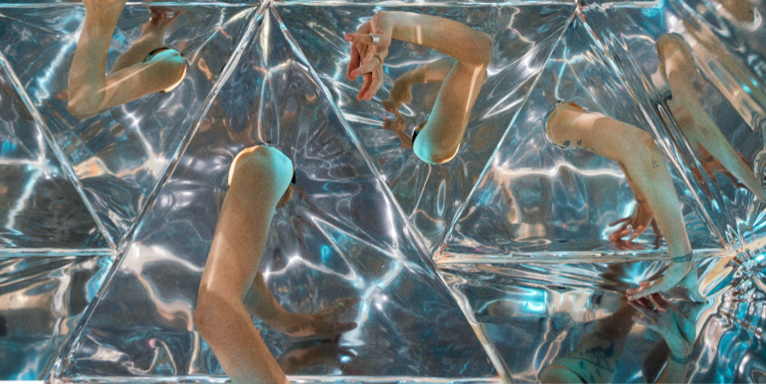
Memories are made up of information fragments– residue collected through experience. These fragments gain meaning through context, strung together to build stories. Storytelling is a method of preserving and shaping collective memory. Who/ what are the ocean storytellers? How can humans share these ocean memories?
OIOC:C/H 1 is an exploratory first chapter. The storyteller is the cephalopod. A non-anthropocentric methodology helps us to greet the storyteller’s experience, on their terms. By taking actions to reposition ourselves more like cephalopods, we shift our perspective. Drawing from cognitive science on theories of embodied and extended cognition, we posit that the act of trying to experience the world as a cephalopod creates a cross-species empathy that may reveal pathways to understand their worldview, stories, memories.
exploratory actions include: transcoding experiments, movement analysis, cognitive research. Transcoding experiments allow us to use our senses in alternative ways, to shift our worldview to better align with the cephalopod’s. Movement analysis leads to a cephalopod lexicon– translating movement into language and/or meaning. Cognitive science provides the theoretical foundation to help translate perspectives on behaviors to possible motivations. All actions aim to increase cross-species empathy.
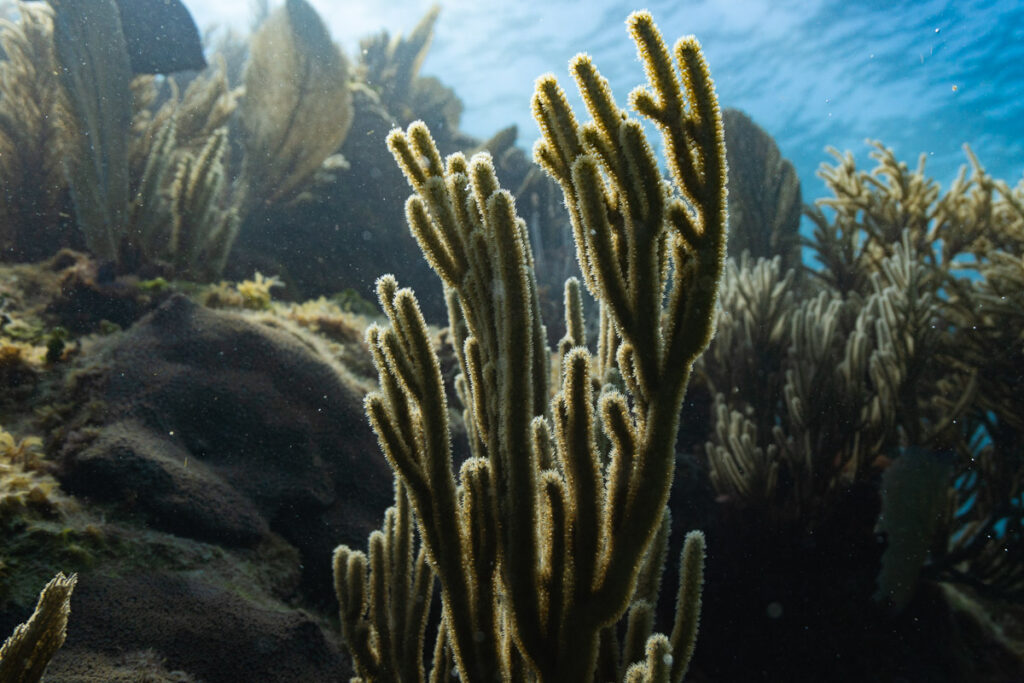
Sensory-interactive engagement with complex data deepens the understanding of our biology and reinforces profound visceral connections to distant lifeforms. Translation/transcoding of complex data to alternative sensoria (from scientific data to interactive 3D soundscapes) enables a shift in cognition, conceptual dialogue, generation of novel interpretations and transformative experiences for art-science public audiences.
An extension of this paradigm would reinforce the perception of space and time through access to sonic-based equivalents of trans- species genomes/morphologies – as representations of the moments, conditions and residues of ocean origins 3 Weaver, Timothy 02704623262 and memory. This proposed project will design, develop and prototype a multimedia environment coordinated by data- transformation software for spatial interaction to expand the understanding of the foundations of life and memory between cephalopods and humans as intelligent free-moving beings.
As an art-science investigation the goal is to empower audiences thru body movements/embodied cognition to create novel listening environments and sound pattern compositions for the presentation of data for expressive, investigative purposes and public/exhibition outreach – offering the listening experience as a comparative bridge between lifeforms from oceans to the terrestria
